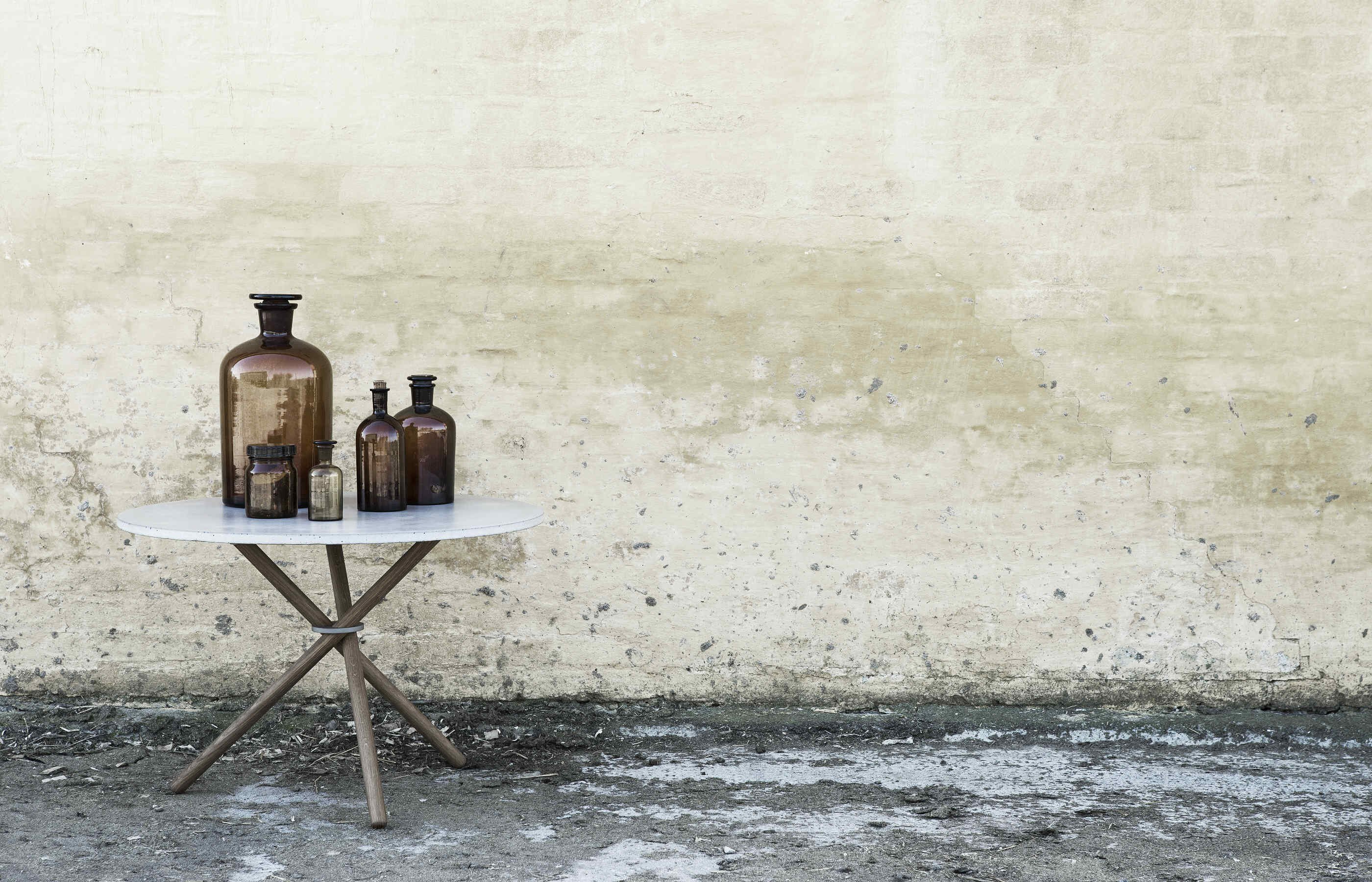What do you do, and where are you from?
Together with my cousin Rune, we design, manufacture and sell furniture. We are originally from the island of Funen but now reside in Copenhagen, Denmark.
Is there a connect between your work, and where you’re from?
There is a very strong connection between our work and where we are from. We manufacture all of our furniture on my family’s farm, which provides a framework for our visual universe. My father is a 6-7th generation farmer and thus it is a place filled with much history for us. We are inspired by digging a little into the history and trying to placate through a modern context. We find that it makes for a very solid foundation and sets a loose framework for Eberhart.
What do you think are the biggest plus sides in working in the creative field in a Nordic country?
Working in the creative field and as an entrepreneur, in general, one mostly has to start with, what I term an ‘economic desert’ until one is established, this is most likely the case in all parts of the world but we here in Scandinavia are privileged to live in a place, which to a certain degree, helps ensure that the financial consequences of throwing oneself into creative projects, are relatively small. I also have a perception that people in the Nordic countries generally think it is very exciting and strive to work with something creative.
What has been your best piece of work? And the one you’ve been most disappointed by?
I haven’t done so much because my history as a designer is quite short but I am very satisfied with our series of round tables. We have made other designs which never transpired to become anything because of the lack of profitability and that in itself is naturally a bit disappointing – that we have these parameters to adhere to; but it is an aspect that must be respected.
Which architect have you learnt the most from?
I do not have any specific architect that has inspired me but I have had the pleasure of working with many architects through my earlier work as a building constructor, such as design studios Arkitema and BIG. At both places I learned that brilliant, creative ideas do not have any value if they also come through a “machine” of people who can communicate, structure and realize them.
What is your driving force to continue making things?
Well, I love those final moments where our designs will be realised. It’s a satisfying feeling to see the first drawings, prototypes and finally see the finished product. And so, we naturally will be slightly addicted to finding those moments over and over. We also are both enormously passionate about the projects in their entirety and wish for Eberhart to be successful both creatively, as well as economically.
What do you consider your primary design practice?
Due to my atypical design background, I also believe that my approach to the design process is a little more “accelerated” based than usual. I work best with structuring and gathering successful criteria for a new design before I draw something. I am not the type that picks up a conch shell and says, “ok, now I want to make a chair out of conch shells” I think, “what will the costs be?”, “who will buy it?”, “who will produce it?”, “what could fit in our universe?” It may sound a little rigorous to start there, but I see it as precisely the reason why my creativity can quite quickly establish a framework that makes it easier to manage against the target.
